The Following is an exciting culmination of quotes that we've found in historically relevant texts, that reference some of the individual plants in this formula! As always, the following text should never be interpreted as medical advice in any way. These quote are supplied only as entertainment and do not reflect the opinion/s of HomeGrown Herbalist. None of these items or statements are approved by FDA. Consult your physician before taking any supplement. Do not take herbs or tinctures during pregnancy without consulting your healthcare provider. This product is not intended to diagnose or treat any disease. All information here is for entertainment and educational purposes only.
Ellingwood's Therapeutist, Vol. 2, 1908, was edited by Finley Ellingwood M.D - Bilberry
While the virtues of this little plant are well known in Europe, it seems to have been forgotten entirely in America. It is one of the oldest remedies in the history of medicine. Hippokrates, Galen and the older Plinius, mention it in their writings. And it found a place in all the medical books of the middle ages, like J. Schroeder's Pharmacopoeia Medico-Chymica (Ulmae sumptibus Johannis Gerlini Bibliopolae anno 1644), J. A. Murray's Apparatus Medicinum (Gottingae apud Joann. Christ. Dieterich 1779), Valerius Cordus' Dispensatorium Norimbergense anno 1679, etc.
In the beginning of the epoch of exact methods and coal-tar preparations it was at first entirely forgotten; but popular medicine never neglected it. At the end of the last century Prof. W. Winternitz in Vienna used it again extensively, and since he published his first report in 1891 quite a number of papers have been brought out on the subject, so that the indications and methods of its use are well worked out.
Vaccinium Myrtillus L. belongs to the group of Vaccinioidea; (Dragendorff, Die Heilpflanzen, etc., page 510) which with the Rhododendroideae, arbutoideae and the Ericoideae forms the larger group of Ericaceae. The fruits contain Ericolin, Chinic acid, etc. The blue little berries are a common sight in the country in the summer, and their great usefulness for medicinal purposes deserves to be better known.
The decoction of the Fructus Vaccin. Myrtill. has been used in the following pathological condition: Leukoplakia buccalis (psoriasis linguae); leukoplakia urethralis; gonorrhea, acute and chronic; angina and pharyngitis, acute and chronic, as a gargarisma; fluor and catarrh of the vagina as an injection; eczema, externally; colitis mucosa (enteritis membranacea) as a clysma; rhinitis, acute or chronic, locally.
The decoction was originally known only as a remedy for diarrhea, and for this trouble Prof. Winternitz began to use it about 1891. He had several phthisical patients who greatly suffered from a diarrhea that could not be checked by opium or any other means. He finally gave them one to three cupfuls of a concentrated decoction of blueberries, and noted that this would make them comfortable. Among them were several patients with serious symptoms of the tongue; deep rhagades and the loss of surface epithelium which made eating very painful. The decoction had a splendid effect on these lesions. One patient, aged 56, suffered from leukoplakia for 20 years, also from uncontrollable diarrhea. Everything had been tried in vain. Winternitz finally gave him the decoction of blueberries; while it did not entirely stop the diarrhea, it cured the leukoplakia.
Other cases showed the same result. The solution would at first produce a burning sensation, but this would disappear very soon. After the treatment (washing out of the mouth for 5-10 minutes) the white spots appeared deeply tinted; after some time the morbid surface epithelium was thrown off, the new skin had a much healthier appearance, until finally the tongue became entirely normal.
Soon after the publication of these results Grünfeld tried the remedy in cases of leukoplakia of the urethra due to chronic gonorrhea. His venture was successful, and Ludwig a number of years later confirmed his results. Kaufman also tried it in a very severe case; he persisted for two months, but saw no improvement. In gonorrhea though his results were very good.
Winternitz successfully treated also acute angina tonsillaris, chronic pharyngitis, fluor albus, and acute and chronic gonorrhea with the decoction. Various authors report the same good results.
The great success in inflammatory states of the various mucous membranes caused Winternitz to try the remedy in a very bad case of eczema of the face. From his observations in the treatment of leukoplakia he concluded that the coloring matter of the decoction went into the deeper strata of the epithelium; and to this he ascribed its effectiveness. In using the blueberry decoction in eczema he noted that also the horny parts of the epidermis became deeply tinted, and that the remedy formed a very adhesive cover devoid of all irritation. It will be of interest to quote a case:
Mr. E., aged 30; anemic, recurring eczema of the face, serous exudation, itching. Various modes of treatment had been tried without result; the eczema spread until it finally covered both ears. The patient was a terrible sight, he was very sensitive to cool air and suffered acutely from the itching. The first application of the remedy brought great relief of the symptoms, and after a few days every trace of the heretofore intractable disease had disappeared.
Similar excellent reports are given by other authors; they note especially the great relief from the itching brought on immediately. Steckel treated a child 18 months old, and reports that after the first application she slept quietly the whole night without any scratching—the first undisturbed sleep after a long period.
The report of Ullmann (quoted by R. Müller), who tried the extract myrt. at a dermatologic clinic, is not so favorable; he finds that it is not a specific for eczema, but that it exerts a superior influence on burns of the first and second degree. These negative results will not be very surprising, as very often local treatment will not eradicate eczema; a general treatment will be necessary in many cases to achieve results, which could not have been gained with the local treatment alone. This is exemplified by the report of K. Kraus, who treated his patients with the blue berry extract and hydrotherapeutic measures.
Prof. Winternitz has found a way to prepare the remedy in such a form that it will keep indefinitely. His directions are as follows: Macerate 500 grams of the dried berries with 2000 ccm. of water in a warm place for 24 hours. Then boil over a slow fire to the consistency of thick syrup. Straining through a fine hair sieve is necessary to remove the fruit skins, etc. Add one gram of boric acid and concentrate still more over a slow fire while continuously stirring. After cooling the mass must be filled into airtight jars.
If the decoction is to be used in a case of diarrhea, it is not necessary to concentrate it so much; the patient will drink a cupful three times a day. When a patient suffering from leukoplakia, gonorrhea, etc., is to be treated, the decoction should be kept in contact with the diseased mucous membrane for eight to ten minutes at a time. The application will have to be made three to four times per day or oftener. In eczema the undiluted sirupy extract is used. The diseased area is thoroughly cleaned before it is applied, as the crusts would prevent any action of the remedy. The extract is then applied to the diseased area, and rubbed in more or less briskly with the palm of the hand. It is finally covered with a very thin layer of absorbent cotton, which is fixed by a gauze bandage. The dressing remains in place from 12 to 24 hours and is removed in a bath or by washing with warm water.
Acute or chronic rhinitis is speedily influenced by local application of the decoction. A profuse secretion becomes less, the feeling of dryness in the throat ceases; a purulent secretion changes to mucous; and the fetor in coryza disappears entirely.
Diseases of the rectum (proctitis, colitis, colitis mucosa and membranacea) have also been treated with the very best of results. The method of treatment is described in detail by M. Heinrich, an assistant of Prof. Winternitz. An enema of warm water is given in the morning to remove the feces. Then the patient lies down on the right side, drawing the legs up to the abdomen as far as possible. A rectal tube (soft rubber) is carefully introduced after having been well greased. In the beginning of the treatment the rectal walls are generally very sensitive, and a deep introduction of the tube will in many cases be found to be impossible; but after some of the water has run in, one is able to further introduce the tube.
The capacity of the colon varies greatly; in this the sensitiveness of the intestinal walls plays a great role. Some patients complain of pain after 500 ccm. have run in. It is then necessary to let the water flow out, which must be done without removing the tube. The fluid is generally mixed with mucus and shreds of the mucosa. After that it is in most cases possible to inject a larger quantity of water. The pressure must always be very low, so that the fluid can progress into the neighborhood of the ileo-coecal valve without causing discomfort to the patient.
The author was thus enabled in a number of cases to inject two and one-half liters of water of 40° Celsius. The irrigation of the intestinal mucosa has to be repeated until the fluid returns entirely free from feces or other contaminations. Then the decoction of blueberries is introduced into the intestines. The quantity will be one to one and one-half liters; the stopcock is pressed and the fluid remains in the intestines about 10 minutes or longer. The patient speaks of the effect as being very agreeable, and often wants to keep the decoction indefinitely, which is generally permitted. The decoction of the berries is prepared as follows: macerate 500 gram of the dried berries in one liter of cool water for 24 hours, then boil and filter.
A detailed history of two very interesting cases is given in the original article, but only a few points can be reproduced here. (1) Mucous colitis of several years' standing. Bowels irregular (constipation alternating with diarrhea), severe abdominal pain; mucus, pus and membranes in feces. Patient has lost greatly in weight and is very nervous. The ileo-coecal region was very painful to pressure. Feces show enormous quantities of mucous membranes and pus. Hydrotherapeutic applications and the injection of blueberry-decoction produce a great change in one week, and a cure in three weeks. Feces absolutely normal.
2. Mucous colitis of 9 years' standing; feces mixed with enormous quantities of mucus, discharge causes great pain. Colon painful to pressure in its entire length. Feces of a light yellow color, pappy, consist mostly of mucus and numerous membranes. Hydrotherapeutic applications and the injection of the decoction bring about normal discharges after 10 enemata had been given. Entire casts of the intestinal walls were found in the beginning of the treatment. Cured after three weeks.
The leaves of vaccinium myrtillus have also been used medicinally, as a tea in diabetes mellitus; but the majority of reports is adverse. Full credit is due to Prof. Winternitz for calling the attention of the profession to this remedy. Most of the original articles are published in the "Blätter für klinische Hydrotherapie," their titles are given in the article of Dr. Müller, Blatter f. klin. Hydroth., 1903, page 185.
The 1841 Thompsonian Materia Medica by Samuel Thompson - Burdock
toothed. Flowers, panicled, globose. Calyar, smooth.
The burdock is a very common, biennial plant, with a large, tapering root, from twelve to eighteen inches long, dark brown externally, but very white and spongy within, having withered scales near the top. The stem is branching, pubescent, succu lent, and two or three feet in length, having very large leaves, which are dark green upon their upper surface, whitish and downy beneath, and have very long foot stalks. The flowers are globose, purple, and arranged in panicles. The imbricated calyx consists of scales with extremities that are hooked, by which they attach themselves to cloth and the coats of various animals. The down of the seed is prickly and rough; the bur many-seeded, and the seeds are quadrangular. Burdock is abundant in this country, growing in pastures, fields, and along the road side, in cultivated grounds, and among rubbish. The root should be dug in the spring, before the leaves start, or in the fall, after the top is dead, as then it possesses the full strength of the entire plant. The odor of the root is weak, but unpleasant—the taste is mucilaginous and sweetish bitter, with a slight degree of astringency. The seeds contain essential oil, and are aromatic, bitterish and somewhat
acrid.
6.42 THE THOMSONIAN
Medical uses.—The root is considered sudorific, diaphoretic and aperient, without irritating properties; and is good in lep rous, rheumatic, scrofula, scorbutic, gouty, venereal and neph ritic affections. Perseverance and close application are neces sary in order that the system may feel effectually the benefit of this antiscorbutic remedy. A decoction may be prepared, by boiling four ounces of the green root well bruised in two quarts of water, and half a pint of it taken three times a day. The seeds are diuretic, and may be used in the form of pow der, of which a teaspoonful may be taken two or three times a
day. The leaves may also be used to great advantage as drafts on the feet. They may also be taken green, rolled, and satu rated with vinegar, and applied as warm as can be borne on any part of the body suffering with pain. Remember always to apply them hot, and put about them a bandage of woollen cloth or flannel, to excite perspiration. The leaves may be dried, and kept for applying to burns.
King's American Dispensatory By Harvey Wickes Felter and John Uri Lloyd 1898 - Milk Thistle
Botanical name: Silybum marianum
Fig. 57. Carduus marianus.Photo: Silybum marianum 5.The ripe seeds of Carduus marianus, Linné (Cnicus marianus, Silybum marianum, Gaertner).
Nat. Ord.—Compositae.
COMMON NAMES: Mary thistle, Milk thistle, St. Mary's thistle.
Botanical Source.—Mary thistle is an annual, or biennial plant, glabrous, or but slightly wooly, growing to a height of 2 or 3 feet, and branching but little. Its leaves, which are shining and smooth above, are marked with white veins; the lower leaves are deeply pinnatifid, the lobes being broad and very prickly; the upper ones clasp the stem by prickly auricles, and are scarcely decurrent. The large, drooping flowerheads, with purple florets, are solitary and terminal upon the branches. The involucral bracts are very broad at the base and have a stiff, spreading leaf-like appendage, terminating in a long spine, and bordered at its base with prickles. The fruit is an achenium. The pappus hairs are simple.
History and Description.—Mary thistle is indigenous to southern Europe. The part used in medicine is the fruit known as Fructus silybi, or Semen cardui mariae. The achenia are from 1/6 to 1/5 of an inch long, obovate, smooth, shining, and pale-brown in color, with striae of a black, or blackish hue. At the apex they are oblique and have a marginal crown of a yellowish color, from the center of which the style-base projects. They have no odor, but a mucilaginous and oleaginous, as well as bitterish, taste. They yield their virtues to diluted alcohol. The Homoeopathic mother tincture is prepared by covering the whole ripe seeds (1 part by weight) with diluted alcohol (2 parts), and letting stand in a dark, cool place in a well-stoppered bottle for 8 days, shaking twice a day. It is then decanted, strained, and filtered. The introduction of this medicine into Eclectic therapeutics is due chiefly to Prof. H. T. Webster, M. D. (Dynam. Therap.), and to Prof. Finley Ellingwood, M. D. (Ecl. Annual, Vol. I).
Action, Medical Uses, and Dosage.—Carduus marianus is an old remedy, which had nearly passed out of use and has more recently been revived. Rademacher valued the seeds in hemorrhages associated with splenic or hepatic disorders. That it influences the parts supplied by the coeliac axis, particularly the distribution of the hepatic and splenic arteries, especially the latter, seems well established. Congestive conditions of the splenic circulation are those most benefited by it. To a lesser extent, the whole venous apparatus is influenced by this drug, giving power to the veins, and preventing varicoses and other dilatations. But little effect, however, is observed upon the hemorrhoidal circulation, as piles do not seem to be directly benefited by it. Dull, aching, splenic pain passing up under the left scapula, and associated with pronounced general debility and despondency is the indication for its use. It controls splenic pain even where no enlargement can be detected, and it is the remedy for hypertrophy of the spleen when non-malarial in character. Congestion of the liver, spleen and kidneys is relieved by its use. Bilious states, with stitches in the side and pain in the abdomen, hard and tender right hypochondrium, gall stones, jaundice, hepatic pain and swelling, vomiting of pregnancy, and leucocythemia, are conditions in which it is reported useful. Amenorrhoea, with wrong of the portal circulation, melaena, hemoptysis, and uterine hemorrhage, have all been successfully treated with it. Hematuria, with weight and pain in the pelvis, has been promptly met by 25-drop doses in water, twice a day. Painful dysuria, from urethral caruncle, and pelvic congestion have also been quickly relieved by it. A strong tincture (seed, ℥viii to alcohol Oj), or the homoeopathic mother tincture, in doses of from 1 to 20 drops.
Specific Indications and Uses.—Splenic, hepatic and renal congestion, face sallow, appetite capricious; nervous irritability; despondency; physical debility; pain in either hypochondriac; pelvic tension and weight; congestion of the parts supplied by the coeliac axis; and non-malarial splenic hypertrophy.


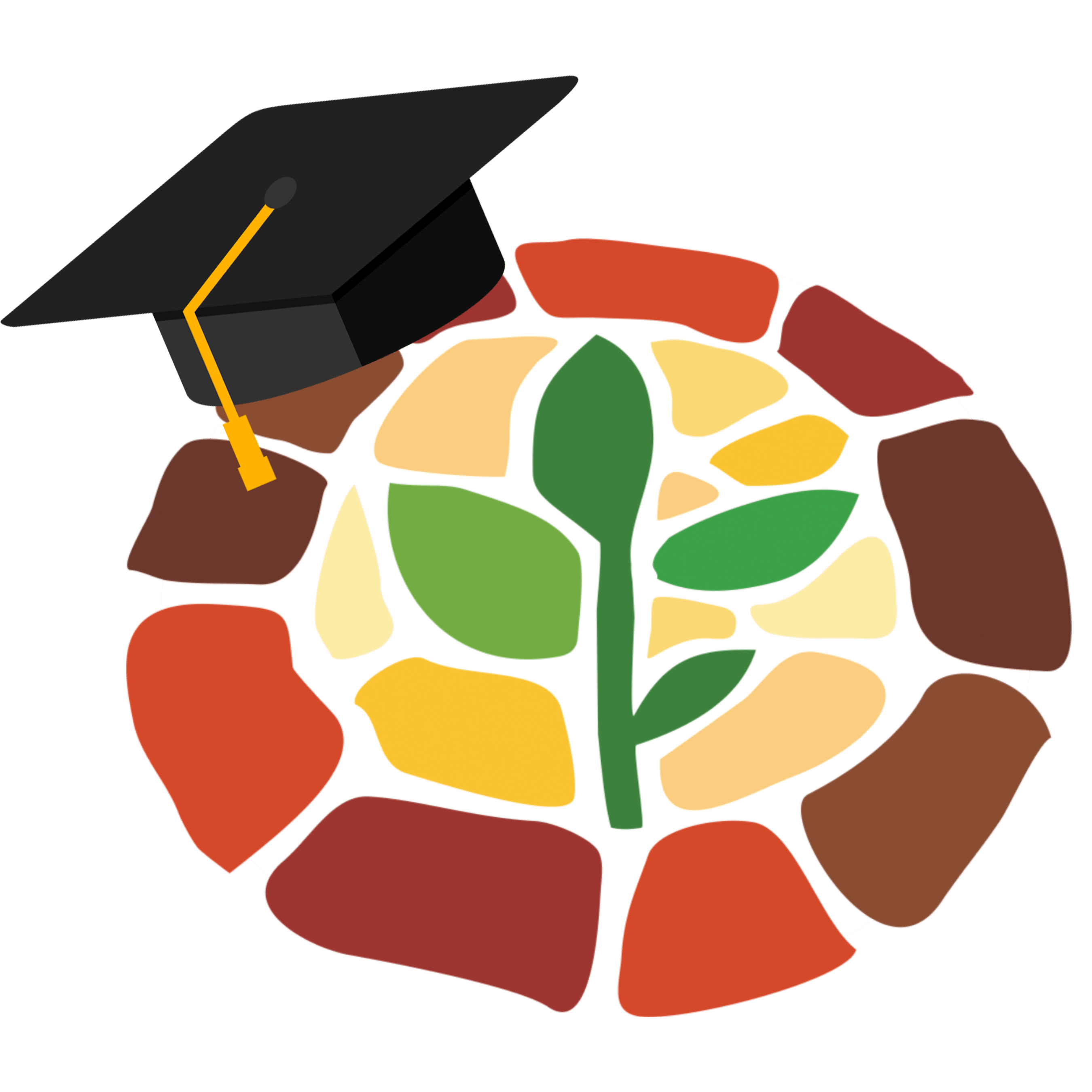
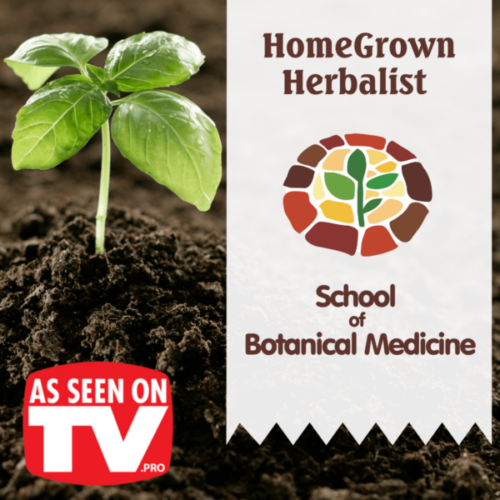
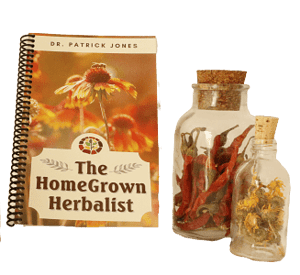

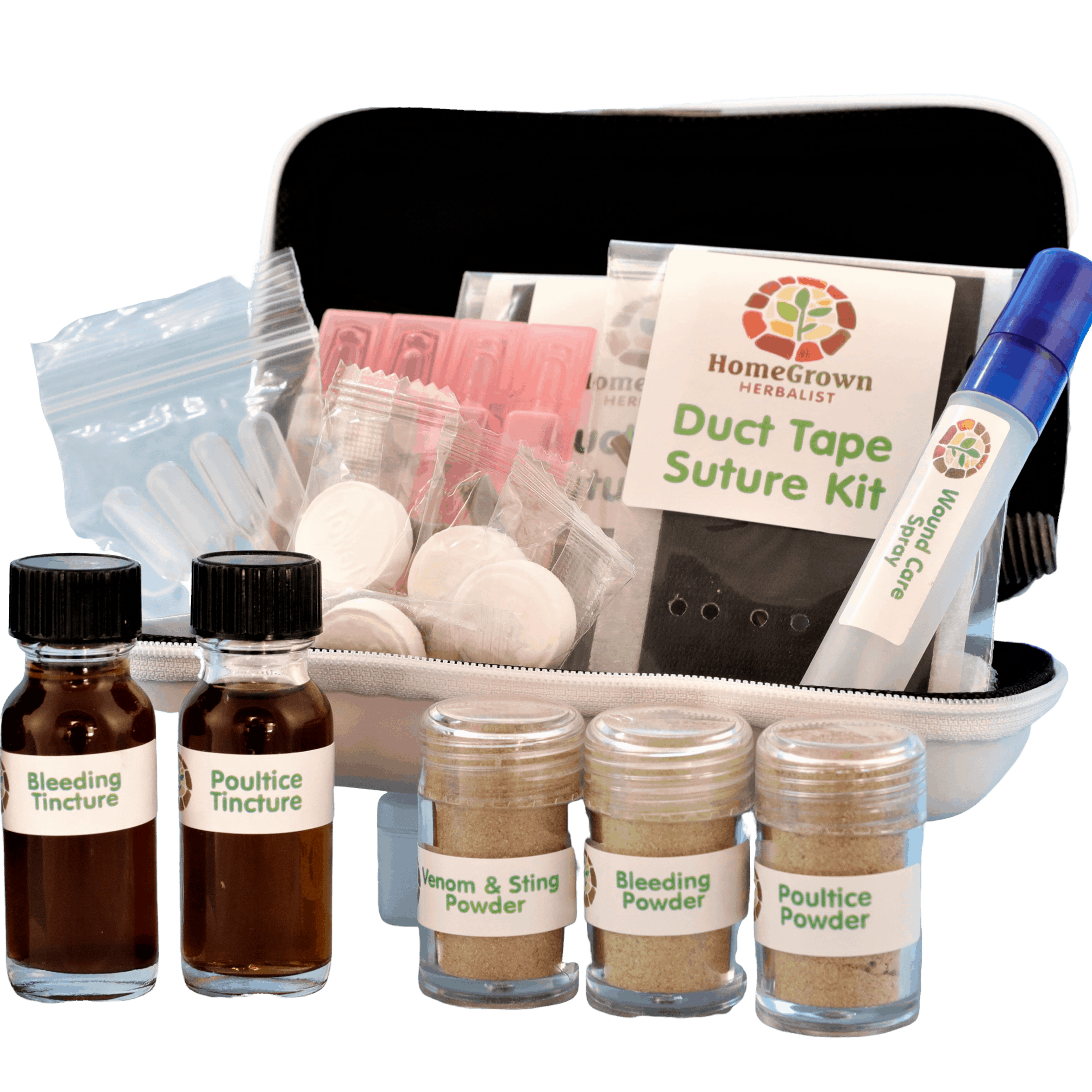
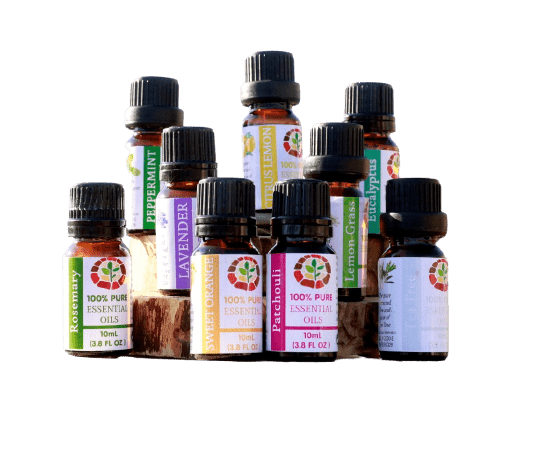
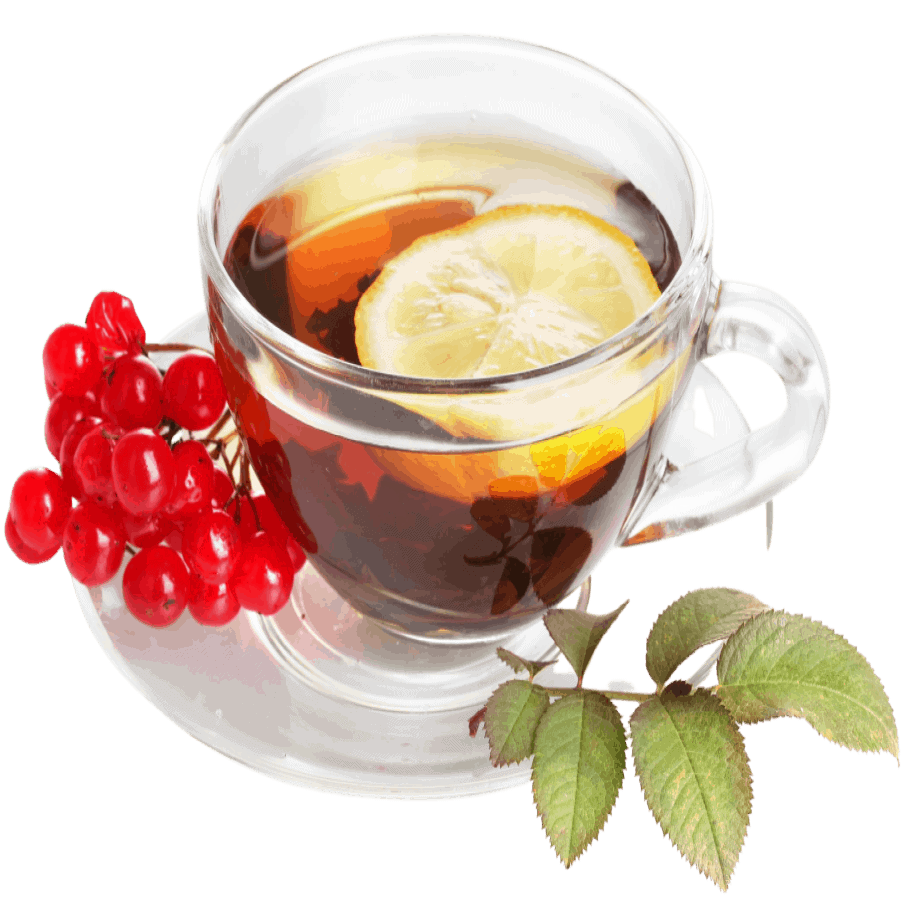
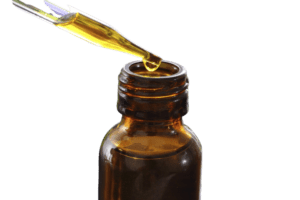
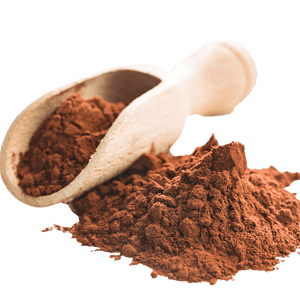
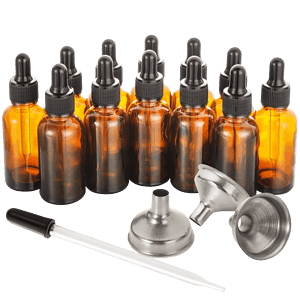


Reviews
There are no reviews yet.